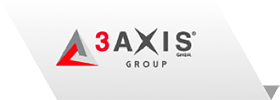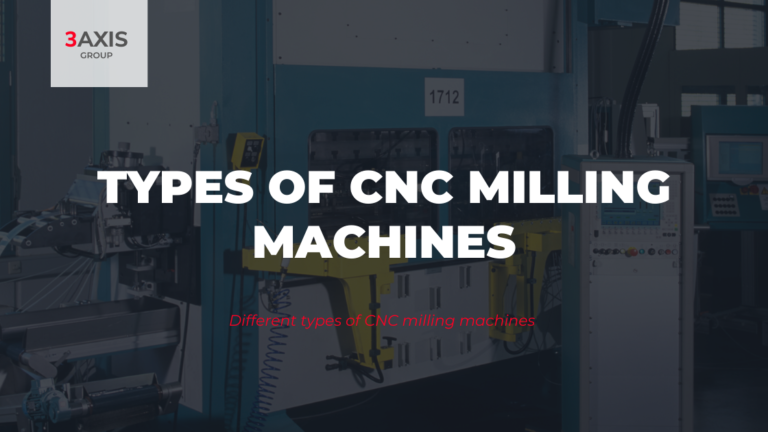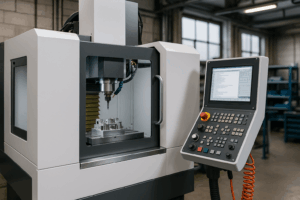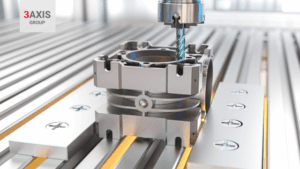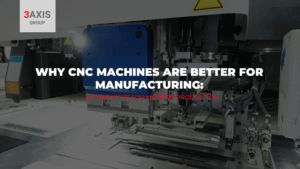A milling machine is a machine that roughs, cuts and/or drills different solid materials, usually metal. This is done through chip removal by means of the high-speed rotation of the milling cutter and the movement of the axes, either of the element or of the mechanism. Most machines operate on three to five axes, creating much more precision and detail.
And you may wonder, how many types of CNC milling machines are there? To find out the answer keep reading the post to the end.
Types of CNC milling machines, take note!
The introduction of Computer Numerical Control (CNC) has been a huge breakthrough for industrial machinery, allowing better machining of parts, better execution of movements and automation of processes.
In addition, CNC milling machines are very similar to traditional milling machines except that they are digitally controlled. These types of milling machines use alphanumeric data and have multiple axes, not just the X, Y and Z axes as is the case with conventional milling machines. After all, the CNC has been designed for the execution of more complex parts, which require more movements, not only linear ones.
In short, all the movements of the CNC milling machine and their synchronization are executed through the CNC software, which contains numbers, letters and some symbols and is usually based on one of these languages: FANUC, Siemens, Heidenhain, ISO, etc.
As a curiosity we show you some extra feature of CNC milling machines:
- Automatic Tool Changer: The usual CNC milling machine requires different tools to serve other functions. This feature enables the CNC milling machine to execute several processes in one run of a program.
- CAD/CAM Software: This software helps in making the machine’s setup much faster.
- Spindle Coolant System: This feature is a coolant and a lubricant simultaneously. It prevents the tool and the material from overheating, which leads to more precision, further preventing damage to the machine.
Here are the different types of CNC milling machines divided into 3 categories. The first two, horizontal and vertical milling machines, have been classified according to the orientation of the spindle. And the last category, 5-axis milling machines refers to the axes of movement that the machine has. We have decided to focus on 5-Axis but there are also 3 and 4.
Horizontal Milling Machine
These machines are the first milling machine designs to emerge. While generally considered less versatile than vertical mills, horizontal mills are better suited to longer or heavy pieces of work.
Vertical Milling Machine
The position on the spindle is vertical, perpendicular to the coordinate table. It can be oscillating head, if it is possible to tilt the spindle to perform certain operations at an angle.
In older models the workpiece is usually moved up and down, but in most modern milling centers the spindle is the one that moves up and down to machine the workpiece.
5-Axis Milling Machine
This is the most complete option and is intended for complex machining operations. Two more axes are included. In other words, it adds to the typical 3 axes a table capable of rotating in 2 different axes allowing the milling cutter to easily access more parts of the workpiece, achieving exact results.
In our Marketplace you will discover a wide range of CNC milling machines, both horizontal and vertical lathes and 5-Axis. If you don’t know which one is the best for your project, we will be happy to help you. You can contact us through our website or write to us at offer@3axis-group.com.
